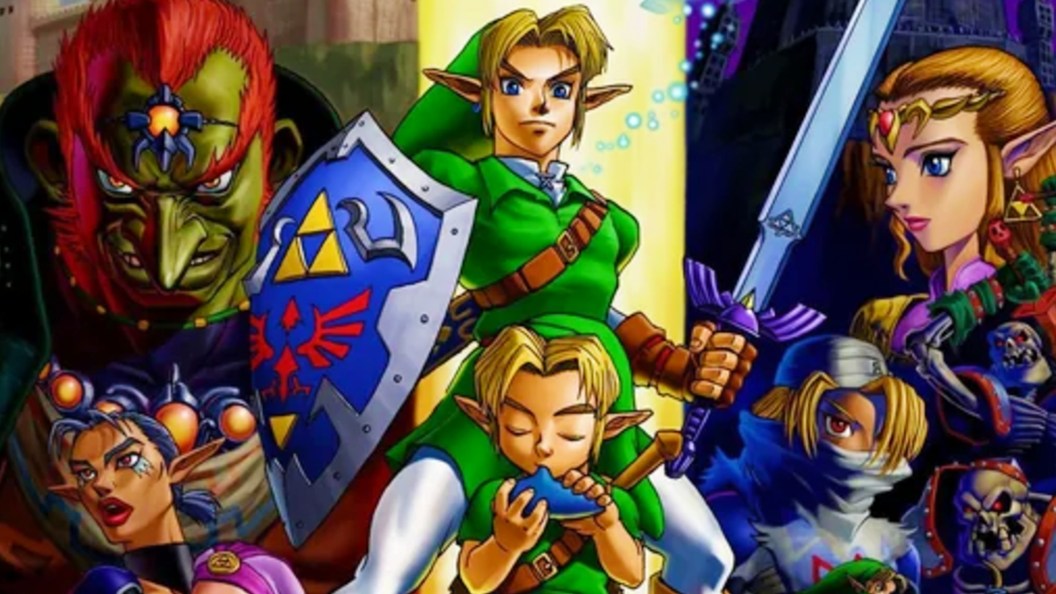While the recent iterations of The Legend of Zelda, namely Breath of the Wild and Tears of the Kingdom, have redefined the franchise with their expansive open-world mechanics, a compelling argument remains for Nintendo to revisit the meticulously crafted, linear adventures that once captivated a generation of gamers.
The strength of traditional Zelda titles like Ocarina of Time, The Wind Waker, and Twilight Princess lies in their carefully curated narrative experiences. These games excel at guiding players through a deliberate story arc, building emotional stakes and character development at a controlled pace. This structured approach allows for pivotal plot points to land with maximum impact, ensuring every cutscene and progression beat feels significant and deeply integrated into the overarching journey, a stark contrast to the often emergent, less directed storytelling of an open-world setting.
Furthermore, the intricate dungeon design and finely tuned puzzle-solving are hallmarks of classic Zelda gameplay that risk being diluted in an entirely open-world format. Traditional dungeons are masterclasses in environmental storytelling and logical progression, requiring players to utilize specific items and abilities to unravel complex challenges. This deliberate design fosters a unique sense of accomplishment upon solving a multi-layered puzzle or navigating a labyrinthine temple, an experience that provides a distinct type of intellectual engagement for Gaming enthusiasts.
The carefully managed item progression in older Zelda games also contributes significantly to their unique appeal. The acquisition of new tools—be it the Hookshot, the Bow, or the Iron Boots—isn’t merely about expanding a player’s toolkit but often unlocks entirely new areas or solutions to previously insurmountable obstacles. This methodical unlocking of abilities and access points creates a satisfying loop of exploration and discovery, where each new item profoundly alters the player’s interaction with Hyrule, making the world feel like a true puzzle box waiting to be unraveled.
Beyond design philosophy, there’s an undeniable pull of nostalgia and a desire among a significant segment of the Video Games community for the classic Zelda formula. While innovation is crucial for any long-running series, entirely abandoning the style that cemented the franchise’s legendary status alienates fans who cherish the more structured adventure. A balanced approach from Nintendo, where both open-world and traditional design philosophies can coexist or even be re-imagined, would cater to a broader spectrum of player preferences and honor the diverse legacy of the series.
Ultimately, advocating for a return to traditional Zelda isn’t a call to halt progress or reject the advancements seen in Breath of the Wild and Tears of the Kingdom. Instead, it’s a plea for diversification within the series. By allowing traditional elements to evolve alongside open-world paradigms, Nintendo can ensure The Legend of Zelda continues to offer a rich tapestry of experiences, preserving the unique charm derived from a meticulously crafted, linear journey while embracing the boundless possibilities of modern Gaming landscapes.
Discover more from The Time News
Subscribe to get the latest posts sent to your email.




